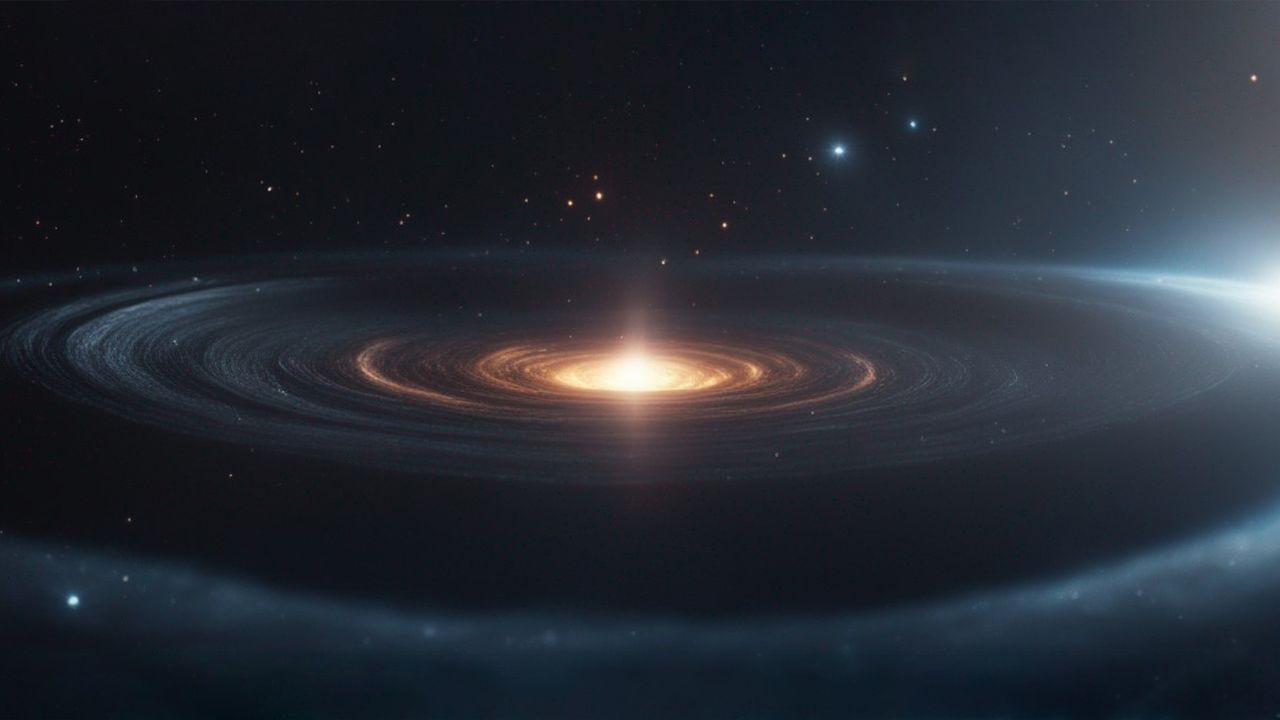Scientists are on the verge of potentially transforming our understanding of the universe through the detection of primordial gravitational waves. These ripples, originating from the early moments of the Big Bang, could provide critical insights into the formation and evolution of the cosmos. As researchers refine their instruments, the quest to uncover these elusive signals is gaining momentum.
In 1916, physicist Albert Einstein proposed his theory of general relativity, which predicted the existence of gravitational waves. These waves are fluctuations in the fabric of space-time caused by massive objects that accelerate. However, Einstein initially doubted their detectability due to the extreme weakness of gravitational forces. It wasn’t until nearly a century later that a dedicated team of physicists demonstrated that these waves could indeed be observed.
After 25 years of development, the Laser Interferometer Gravitational Wave Observatory (LIGO) achieved a groundbreaking milestone in 2015 by detecting gravitational waves produced by the collision of black holes. This event marked the first empirical confirmation of Einstein’s predictions. The energy released during such mergers is immense; in a fraction of a second, it can equal the energy produced by the entire mass of the Sun converted into pure energy.
Despite this achievement, the gravitational waves from black hole mergers are not the strongest the universe has produced. Cosmologists believe that shortly after the Big Bang, a phenomenon known as inflation occurred. This rapid expansion of the universe, lasting only a fraction of a second, set the stage for the cosmic structure we see today. The conditions during inflation are thought to have generated gravitational waves of unprecedented strength, which have been stretched over billions of years due to cosmic expansion.
Currently, detecting these primordial gravitational waves remains a formidable challenge. The waves are incredibly weak and have long wavelengths, making them difficult to distinguish from background noise. Existing detectors like LIGO are adept at picking up short, sharp signals from black hole mergers, but the longer, slower waves from inflation are obscured by other vibrations, including seismic activity and even human activity.
To overcome these challenges, the next generation of gravitational wave observatories will be placed in space. The Laser Interferometer Space Antenna (LISA), expected to launch in the mid-2030s, will consist of three satellites positioned between 600,000 to 3 million miles (1 million to 5 million kilometers) apart. These satellites will use laser beams to detect minute changes in their distances caused by passing gravitational waves. LISA aims to identify not only the waves from inflation but also those generated by supernovas and supermassive black holes.
The scientific community is optimistic about LISA’s potential, but uncertainties remain. The exact strength of primordial gravitational waves at the time of their creation is still unknown, complicating efforts to determine their current detectability. In addition, a proposed successor to LISA, known as the Big Bang Observer (BBO), aims to utilize a network of satellites across the solar system, but it remains a concept without concrete plans.
The ongoing exploration into gravitational waves represents a significant step towards understanding the very fabric of our universe. If successful, LISA could provide the first direct evidence of the events during the Big Bang, offering transformative insights into the mechanics of inflation and cosmic evolution. As these technologies develop, scientists remain hopeful that the future will unveil secrets that have remained hidden since the dawn of time.
